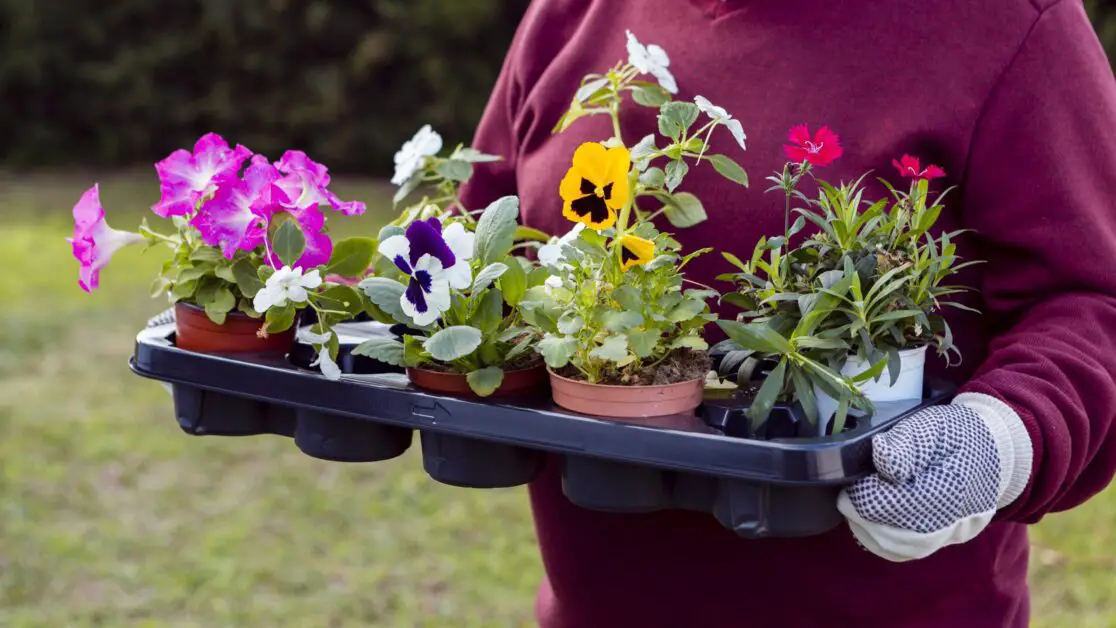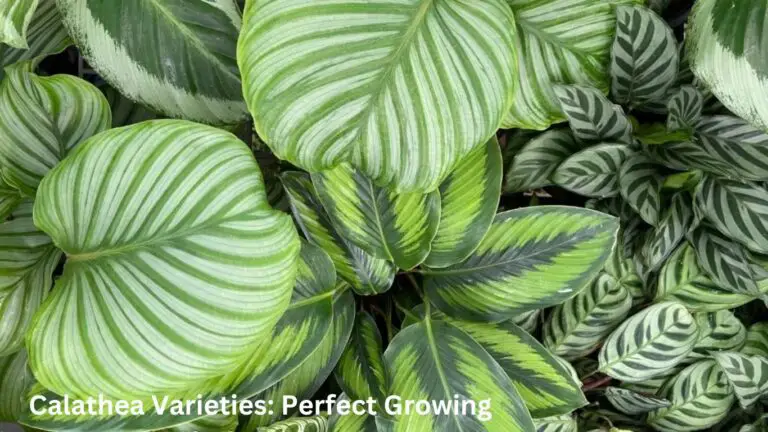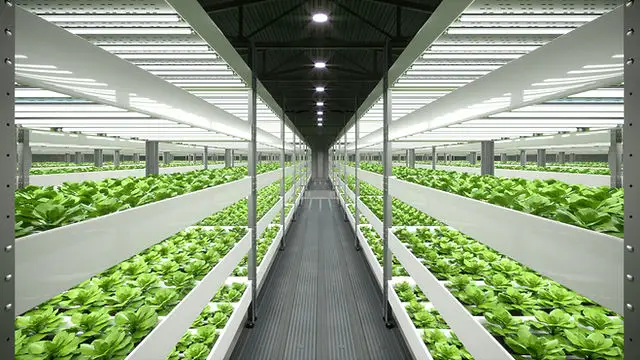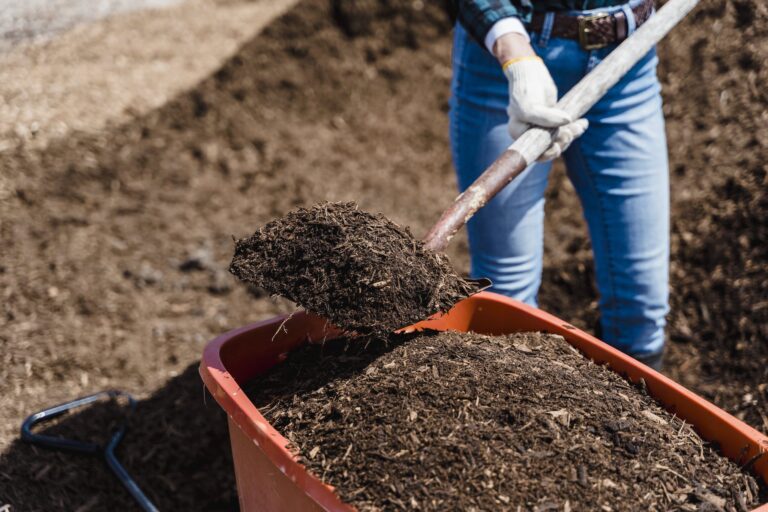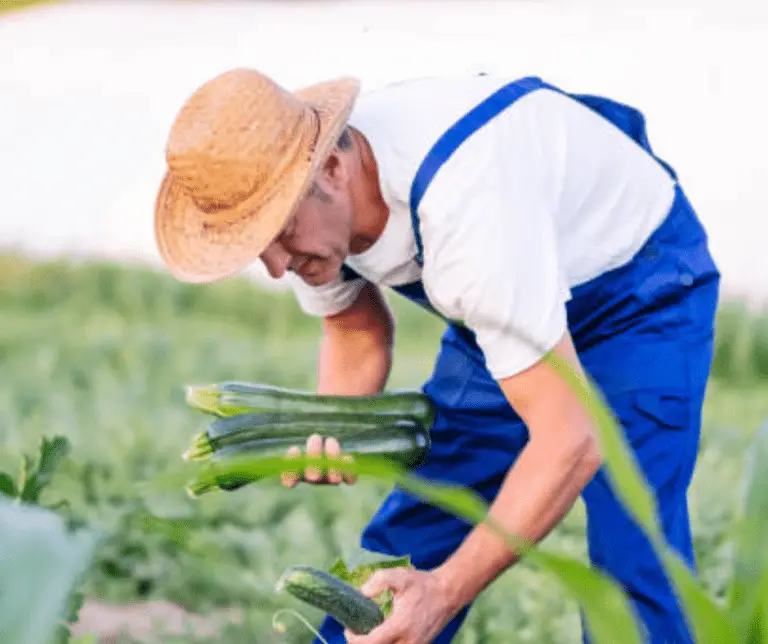Gardening Tips: Simple and Practical Advice for Beginners
Table of Contents
Container gardening: Exploring the possibilities of gardening in containers and how to choose the right containers for different plants.
Gardening enthusiasts are often limited by space constraints, whether they have tiny urban balconies or limited yard space. However, container gardening opens up a world of possibilities, allowing even the most space-challenged individuals to enjoy the beauty and benefits of gardening. By choosing the right containers for different plants, individuals can create thriving and vibrant gardens in even the smallest of spaces.
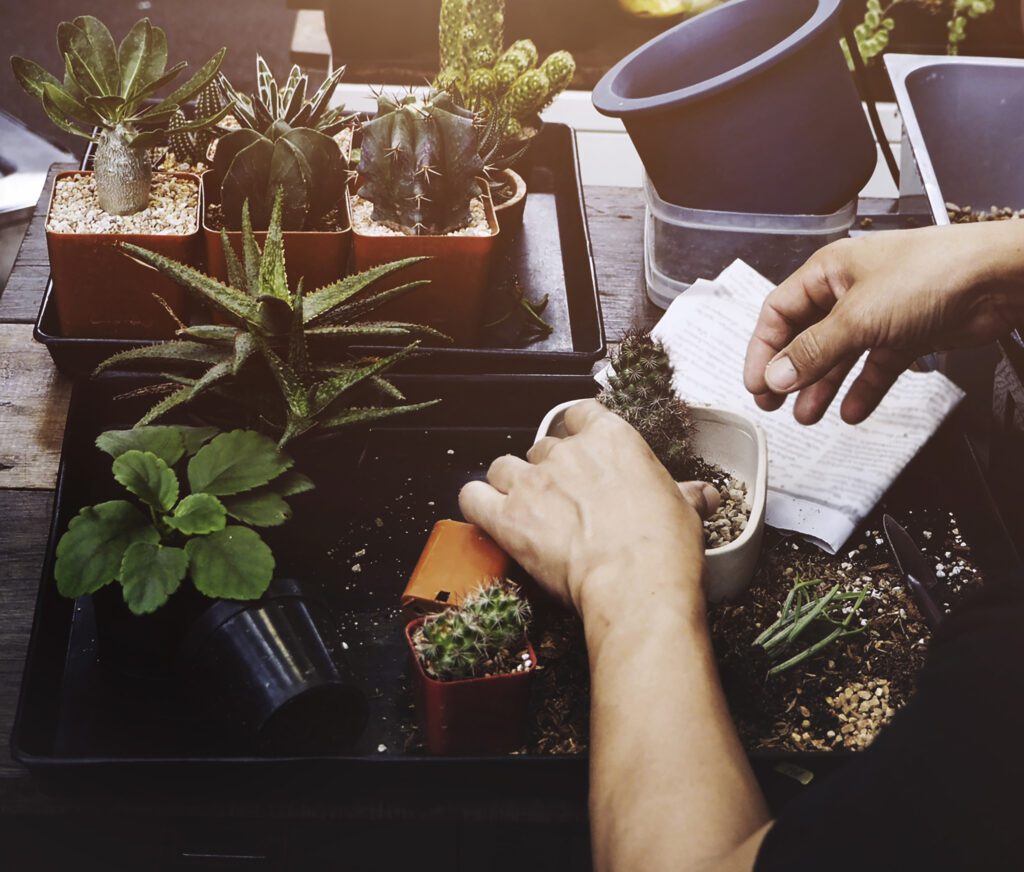
When it comes to choosing containers for plants, there are a few factors to consider. First and foremost, it is important to select containers that are the appropriate size for the specific plant. A container that is too small may restrict the root growth, leading to stunted or unhealthy plants, while a container that is too large can hold excess moisture, increasing the risk of root rot. Additionally, considering the material of the container is essential. Different plants have different moisture requirements, so selecting containers made of materials that retain or drain moisture appropriately is crucial. Lastly, the aesthetics of the container should not be overlooked. Choosing containers that complement the overall design and style of the garden can enhance the visual appeal and create a cohesive and inviting space.
With the right containers and a bit of creativity, gardening enthusiasts can explore endless possibilities. From vibrant flowers to fresh herbs and vegetables, container gardening offers a versatile and rewarding way to cultivate a personal oasis, regardless of space limitations. So, let your imagination run wild and let the beauty of container gardening come to life in your own unique way.
Seasonal care: Understanding the seasonal care requirements for your plants and how to adapt your gardening practices accordingly
Seasonal care is an essential aspect of gardening that ensures your plants thrive and produce an abundant harvest. Understanding the unique requirements for each season and adapting your gardening practices accordingly can make a significant difference in the health and productivity of your plants.
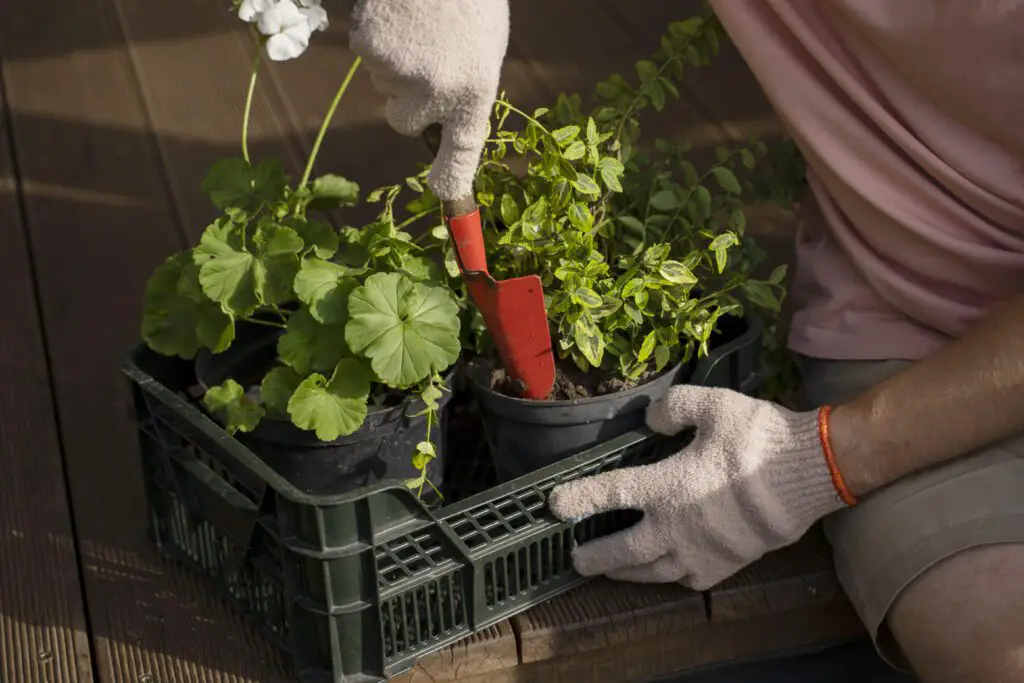
In the spring, as the temperatures start to rise and daylight hours increase, it is crucial to focus on providing adequate moisture and nutrients to support the rapid growth of your plants. This is also an ideal time to weed your garden and prepare the soil for the coming season. A layer of organic mulch can help retain moisture and suppress weed growth, while regular watering and balanced fertilization will provide the necessary nourishment for your plants to flourish.
As summer arrives and temperatures soar, it becomes vital to protect your plants from heat stress and excessive sun exposure. Providing shade through the use of shade cloth or strategically placing potted plants under larger trees can help prevent wilting and sunburn. Regular watering, preferably in the early morning or late evening, ensures that your plants stay hydrated. Pay attention to the signs of pests and diseases, as warmer temperatures often create favorable conditions for their proliferation. Prompt and targeted intervention will minimize the damage and safeguard the health of your plants.
Autumn brings cooler temperatures, and it is the perfect time to focus on preparing your garden for the upcoming winter months. As the days shorten and the growth slows down, focus on tidying up the garden and removing any dead or decaying plant material. Collect fallen leaves, as they make excellent compost that can nourish your garden in subsequent seasons. Protect your plants from colder temperatures by adding a layer of mulch around their base and considering covering more delicate plants with frost blankets or row covers.
In the winter, it’s essential to adapt your gardening practices to the dormant period of most plants. While some gardeners may choose to grow cold-hardy winter plants, it is also a time to focus on maintenance tasks such as pruning, cleaning and sharpening gardening tools, and planning for the upcoming year. Take advantage of this time to research and learn about new gardening techniques, plan your garden layout, and order seeds for the upcoming growing season.
By understanding and embracing the seasonal care requirements for your plants, you can create an optimal environment for their growth and ensure a bountiful harvest. Stay tuned for our next section, where we will delve deeper into the specific care requirements for different types of plants throughout the seasons.
What are some common mistakes to avoid when it comes to seasonal care for plants?
| Mistake | Correction |
|---|---|
| Overwatering | Adjust watering frequency based on plant needs |
| Neglecting Soil Quality | Ensure well-draining soil and appropriate amendments |
| Ignoring Sunlight Requirements | Place plants in suitable light conditions |
| Using Incorrect Fertilizers | Choose fertilizers based on plant type and season |
| Pruning at the Wrong Time | Follow plant-specific pruning schedules |
| Neglecting Pest Control | Monitor for pests and address issues promptly |
| Planting at the Wrong Time | Plant according to recommended seasons and climate |
| Lack of Mulching | Mulch to retain moisture and regulate soil temperature |
Some common mistakes to avoid in seasonal care for plants include overwatering or underwatering, neglecting to adjust pruning and fertilizing practices, and not protecting plants from extreme weather conditions.
Can I use the same container for all types of plants?
It is not recommended to use the same container for all types of plants. Different plants have different root system sizes and growth habits, so it is important to choose the right container size and shape to accommodate the specific needs of each plant.
How often should I adjust my gardening practices based on the seasons?
Gardening practices should be adjusted based on the seasons throughout the year. Generally, it is necessary to adapt watering, pruning, fertilizing, and pest control practices with each change in season to ensure the optimal health and growth of your plants.
What are some signs that indicate a plant is not receiving adequate seasonal care?
Signs that a plant is not receiving adequate seasonal care may include wilting or drooping leaves, stunted growth, yellowing or browning of leaves, root rot, or an increased susceptibility to pests and diseases.
How should I protect my plants from extreme weather conditions during different seasons?
To protect your plants from extreme weather conditions, you can use various methods such as providing shade or using shade cloth during hot summers, using frost blankets or mulch to insulate plants during freezing temperatures, or moving potted plants indoors during severe storms.
Are there any specific plants that require special seasonal care?
Yes, some plants require special seasonal care. For example, certain tropical plants may need to be brought indoors during colder months, while others may require specific temperature or light conditions during their dormant period. It is important to research and understand the specific needs of each plant you have to provide them with the appropriate seasonal care.
How can I ensure my plants receive enough sunlight during different seasons?
To ensure your plants receive enough sunlight during different seasons, you can monitor the sun patterns in your garden and position them accordingly. Additionally, you can use reflective surfaces or mirrors to redirect sunlight towards shaded areas, or use artificial grow lights in indoor settings.
Can I still grow vegetables in containers during the winter season?
Yes, you can still grow vegetables in containers during the winter season. However, it is important to choose cold-hardy vegetable varieties, provide proper insulation for the containers, and protect them from frost by using cloths or covers. Additionally, you may need to adjust watering and fertilizing practices to accommodate the lower temperatures.
for more Derails check the vedio given below:
How can I prevent pests and diseases from affecting my plants during different seasons?
To prevent pests and diseases from affecting your plants during different seasons, you can practice good garden hygiene by regularly removing dead or infected plant material, maintaining proper air circulation, and using organic pest control methods such as neem oil or insecticidal soaps. Additionally, you can choose disease-resistant plant varieties and monitor your plants regularly for any signs of pests or diseases.

